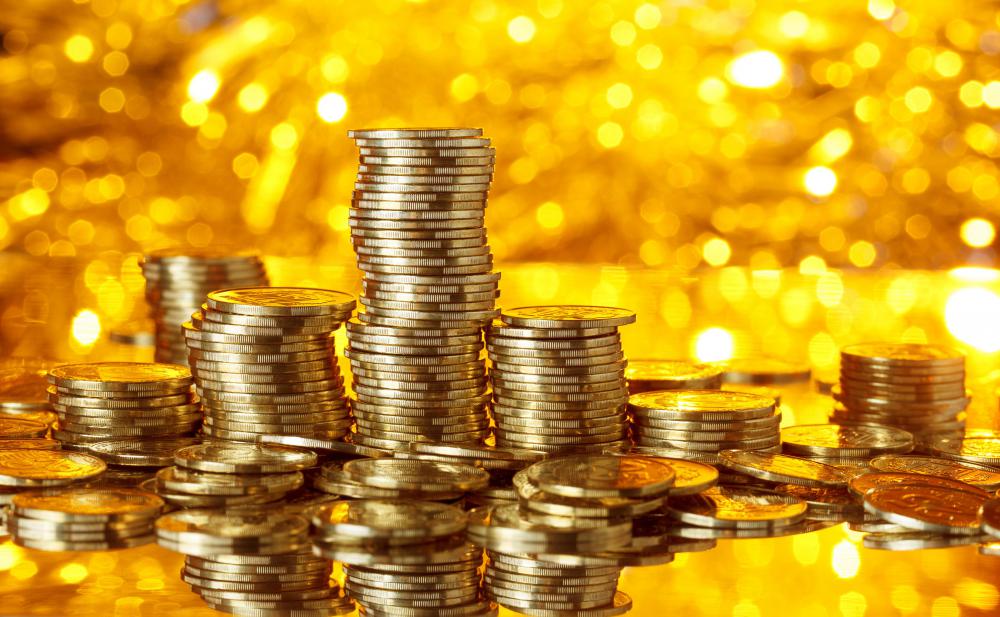At WiseGEEK, we're committed to delivering accurate, trustworthy information. Our expert-authored content is rigorously fact-checked and sourced from credible authorities. Discover how we uphold the highest standards in providing you with reliable knowledge.
What is Credit Money?
Credit money refers to money that constitutes future claims of a valuable item against an entity. The holder of the money can use it to purchase goods and services; when the holder wants to, he or she can redeem it to get the item by which it is backed. Credit money is made of a material that has low intrinsic value compared to the value it represents when exchanged. Some types of credit money include IOUs, bonds and money market accounts. Some people also consider paper money and coins to be this type of money because they have no intrinsic value and can be exchanged for valuable commodity.
To illustrate how this concept came about, consider English goldsmiths, who centuries ago used to keep deposits of precious metals. They issued paper notes to those who deposited gold or silver for future redemption. These goldsmiths realized that they did not need to completely back their notes with precious metals because only a small fraction of holders come back to convert their notes. The goldsmiths then issued non-backed notes as loans to people who needed funds and received profits from interest payments. These notes constituted the early form of credit money.

When a government issues banknotes, it decides on a valuable commodity on which to fix them, gold or silver, for example. It then fixes a stable value on the banknotes and sets them as a medium of exchange. The government can choose to maintain enough valuable commodity to let everyone with banknotes redeem it. The government can also choose to keep just enough valuable commodity to satisfy the small fraction of people who actually want to make the redemption. In this sense, banknotes are credit money because people can use them to redeem gold or silver.
In modern monetary systems, however, the central bank often issues money that is not backed by valuable commodity. The size of the money supply in these systems does not depend on the availability of valuable commodity or the obligation of the central bank to repay credit money with valuable commodity. This kind of money is known as fiat money and is the most ubiquitous form of money in most modern monetary systems.
Credit money can also refer to any claim on valuable commodity that is used as a medium of exchange instead of banknotes. Checks, IOUs and bonds that can be redeemed for banknotes are examples of this. Sometimes the money has a maturity date, as in the case of checks where the bank pays the check recipient a certain amount of banknotes at maturity.
AS FEATURED ON:
AS FEATURED ON:











Discuss this Article
Post your comments